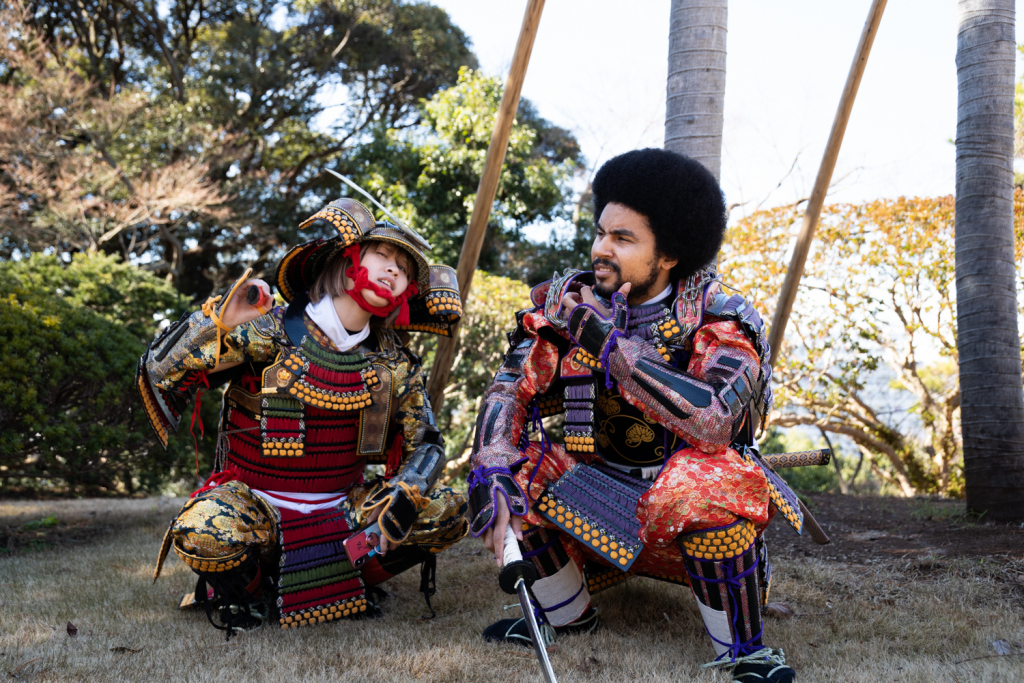What do you think when I say the word, Chiba? Call me presumptuous but I assume Tokyo Disneyland and nothing more. But after spending two days in Chiba dressed as a samurai, making sushi and more fun cultural activities, I found that there was much more of Chiba to be discovered than a corporate mouse, and overpriced turkey legs.
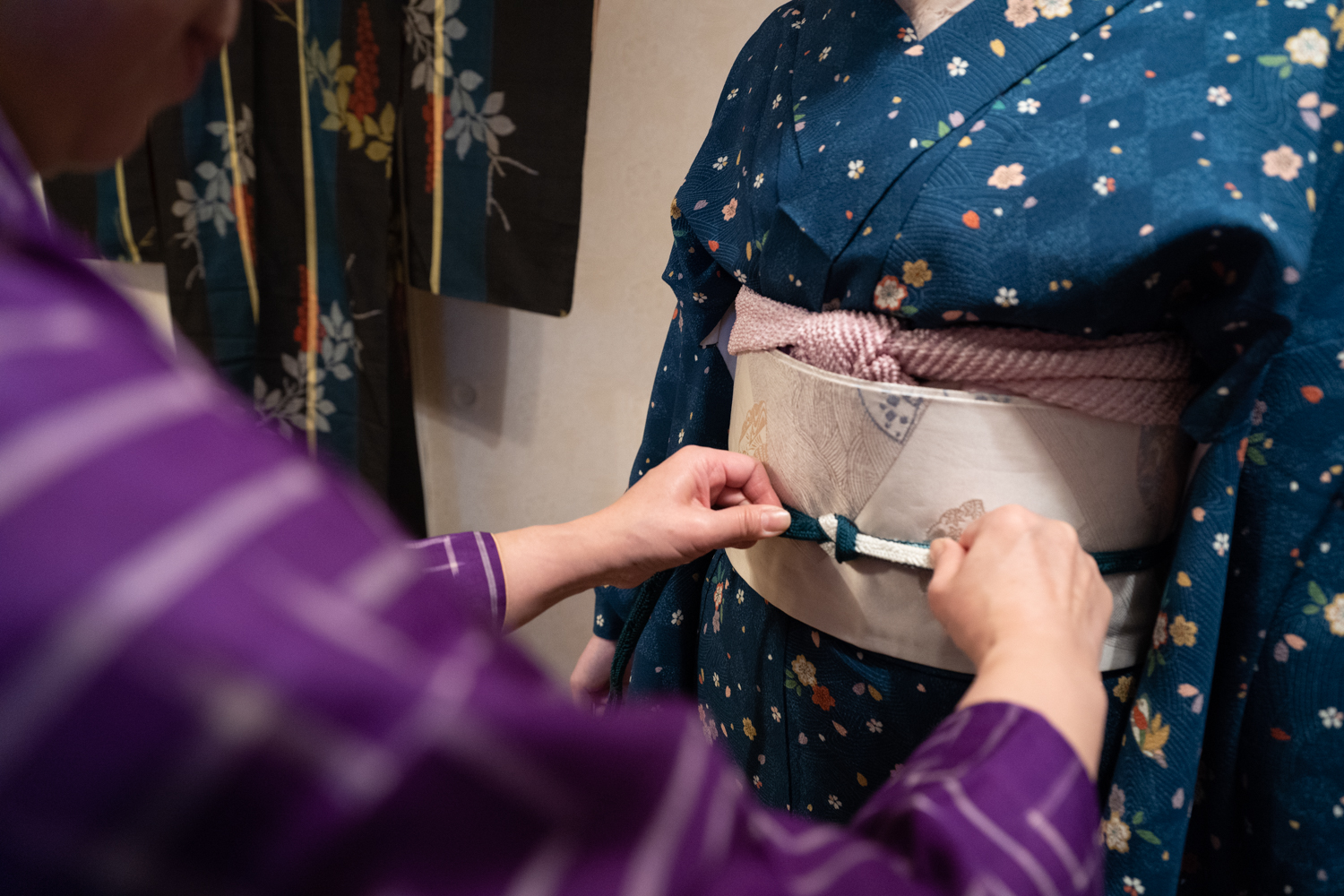 Photography by Hiro Mitsuzuka
Photography by Hiro Mitsuzuka
A Kimono Experience
As I rode the Joban line heading towards Chiba’s Matsudo Station I wondered what adventures Chiba had in store for me but in all my dreaming I never expected a kimono experience in the middle of Chiba. As I arrived at Matsudo Station I was immediately whisked away to Respirar Kimono store where I was sized up for my first kimono. As I’ve never really had any real interest in wearing kimono I didn’t really know how to feel about this activity. However, the beautiful kimono on display at Respirar Kimono were enough to convince this writer into giving it a go.
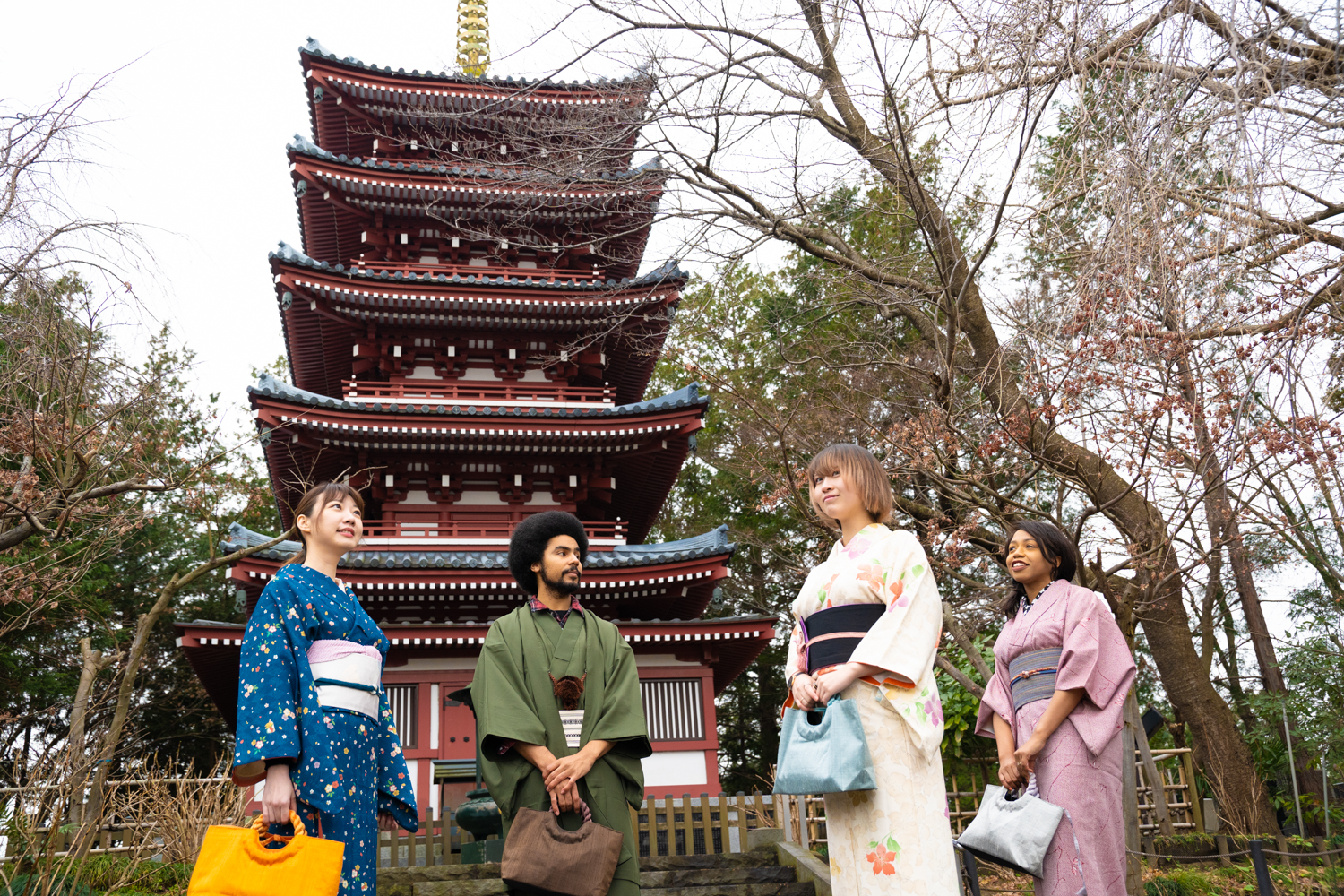 Photography by Hiro Mitsuzuka
Photography by Hiro Mitsuzuka
The kimono was not tight-fitted like the traditional kimonos you’d find on the streets of Kyoto. These kimonos were created to be worn over your clothes and could be blended with trainers or even boots. A more casual alternative for those wanting to try on a kimono but not wanting to bare all in the process.
https://www.respirarkimono.com/
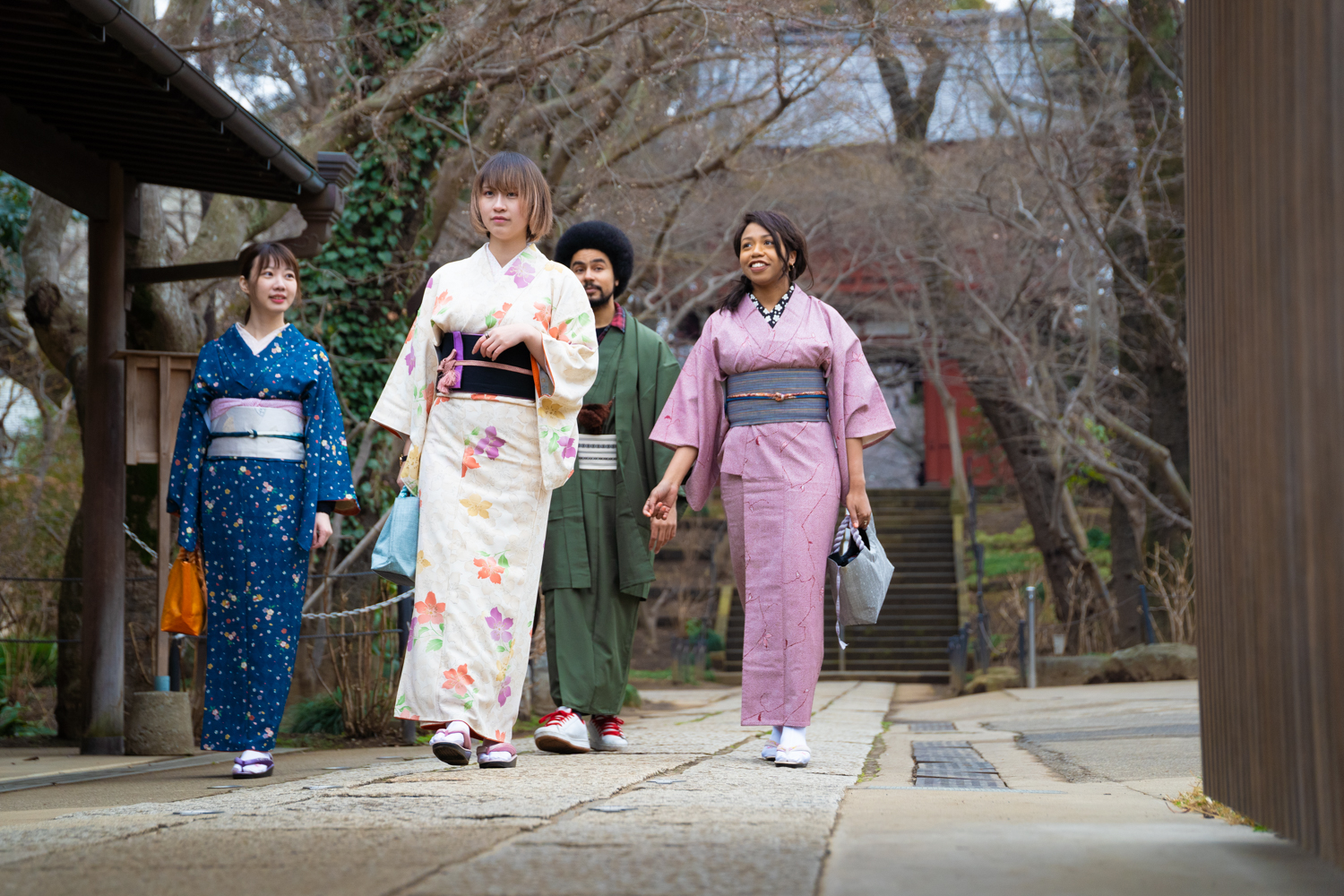 Photography by Hiro Mitsuzuka
Photography by Hiro Mitsuzuka
Hondo-ji Temple
Kimono donned, trainers on, we made our way to the Hondo-ji temple, also known as Hydrangea Temple, because of its beautiful rivers of hydrangeas lining the temple’s main shrine and pagoda. The temple of Hondo-ji is truly a sight to behold with cherry tree-lined walkways, secret pathways to smaller shrines and points of prayer crafted into its very grounds.
With my kimono on I felt like a regular time traveler making a pilgrimage to a distant temple, minus the trainers. The temple has a peak and off-peak season, with the off-peak season being in the winter months where the cherry blossoms and hydrangeas aren’t in bloom. Even without the helping hand of mother nature, the temple grounds arebeautiful, but, it’s understandable why peak season draws the crowds.
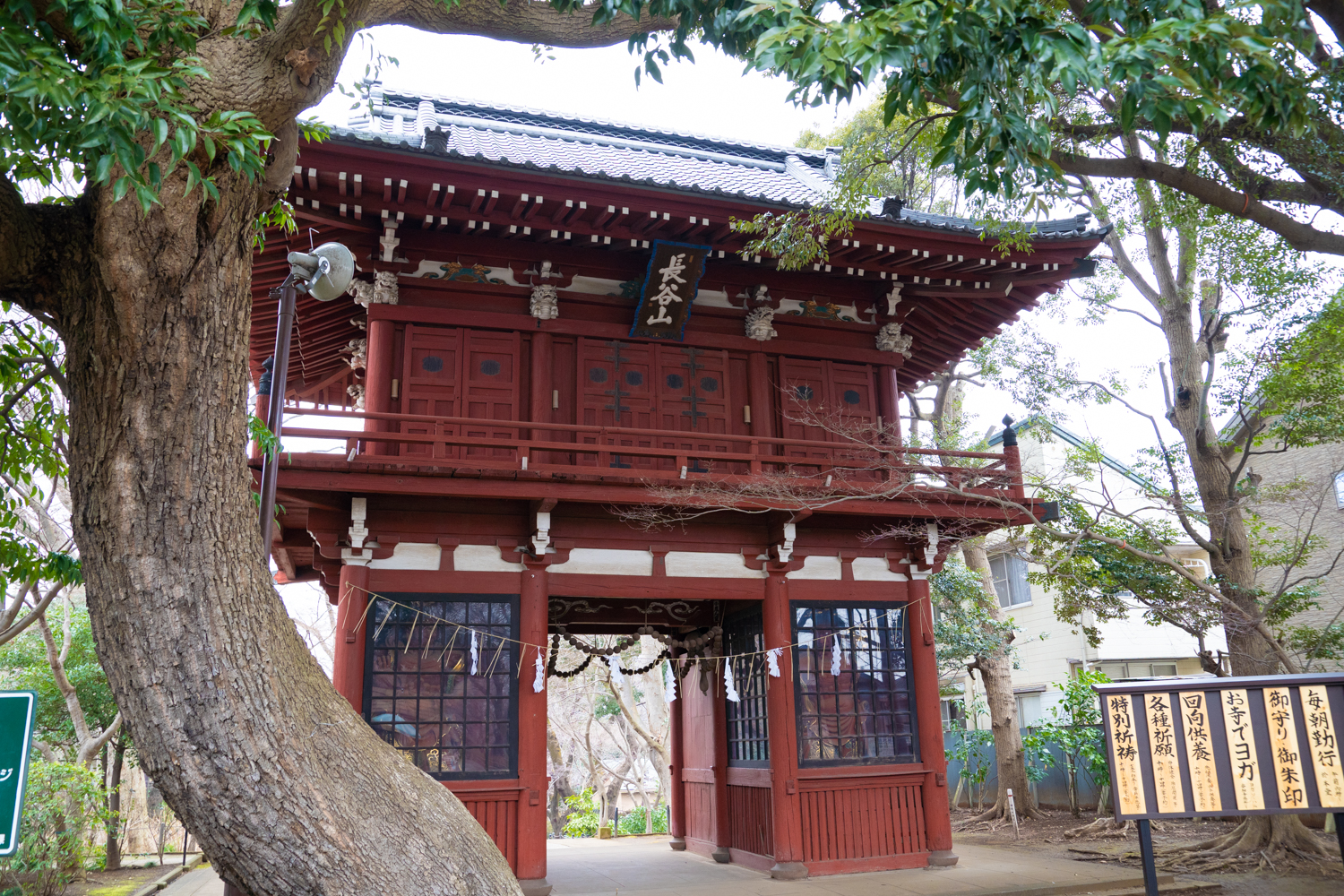 Photography by Hiro Mitsuzuka
Photography by Hiro Mitsuzuka
Peak time is of course spring and summertime when the flowers are in full bloom and the temple sees the majority of its visitors. During off-peak season, the large temple grounds are free. During the peak times the temple does charge a small entrance fee as one would expect as upkeep of the large amounts of hydrangeas, cherry blossoms and the temple itself is surely expensive. Kimonos removed, we press onto the next adventure.
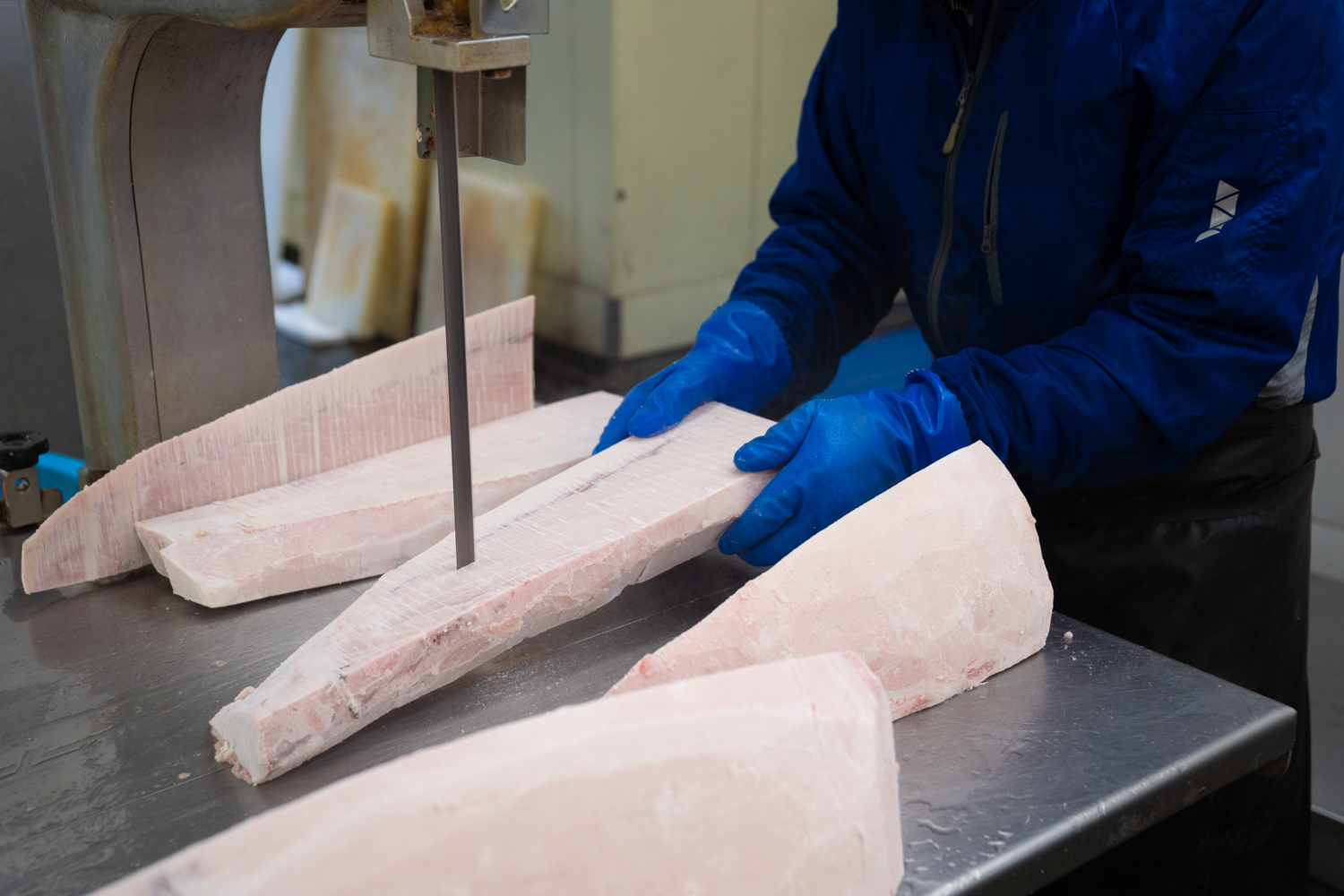 Photography by Hiro Mitsuzuka
Photography by Hiro Mitsuzuka
Matsudo Nanbu Ichiba Fish Market
Tsukiji fish market has been a must-see location for visitors to Japan since word of its now-famous tuna auctions piqued the interest of fish enthusiasts everywhere. For the longest time, Tsukiji fish market had been so bombarded by tourists that the local government had no choice but to ban tourists from attending the bluefin tuna auction multiple times. Dramatic, yes. Understandable? well, yes.
With Tsukiji fish market moving to a new location in Tosoyu and tighter restriction being placed on the newly christened Tosoyu fish market, where will fish-loving visitors to Japan get a glance at the beauties from the bottom of the ocean? How about Chiba’s own Matsudo Nanbu Ichiba Fish Market?
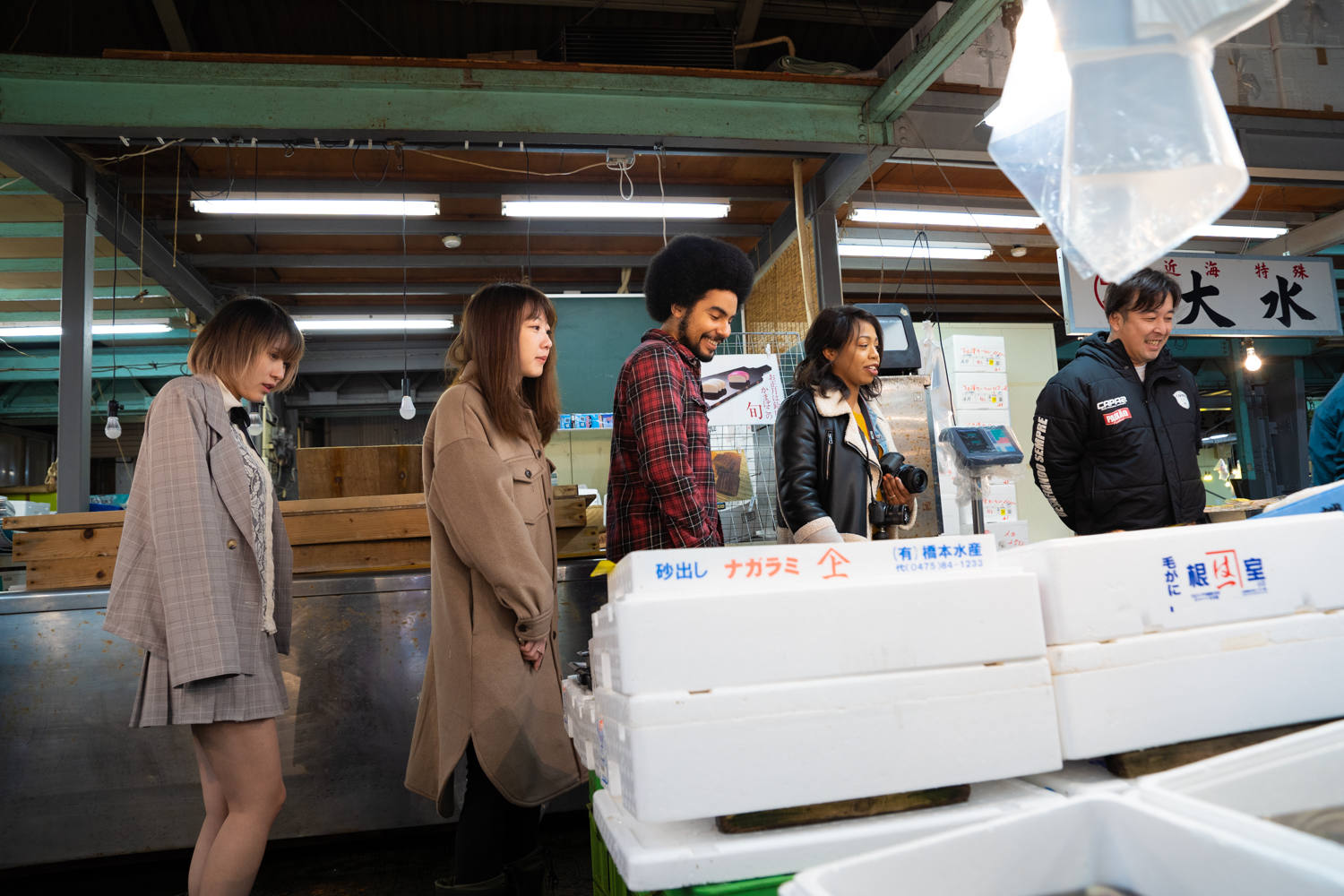 Photography by Hiro Mitsuzuka
Photography by Hiro Mitsuzuka
Smaller than Toyosu Fish Market, Matsudo Nanbu Ichiba Fish Market has a wide range of interesting sea creatures on sale as well as a collection of salty sea dogs selling their wares. The banter between the customers and sellers is reason alone to check out this location. With banter as sharp as the blades they wield flying over the heads of other prospective customers, this fishy location was hilariously fun for all who attended.
For those with an interest in the secrets of the deep, this fish market contains more sea friends than I expected to see – various shellfish, strange creatures I had never seen before and even whale. I was shocked to say the least.
https://www.matsudo-nanbuichiba.com/
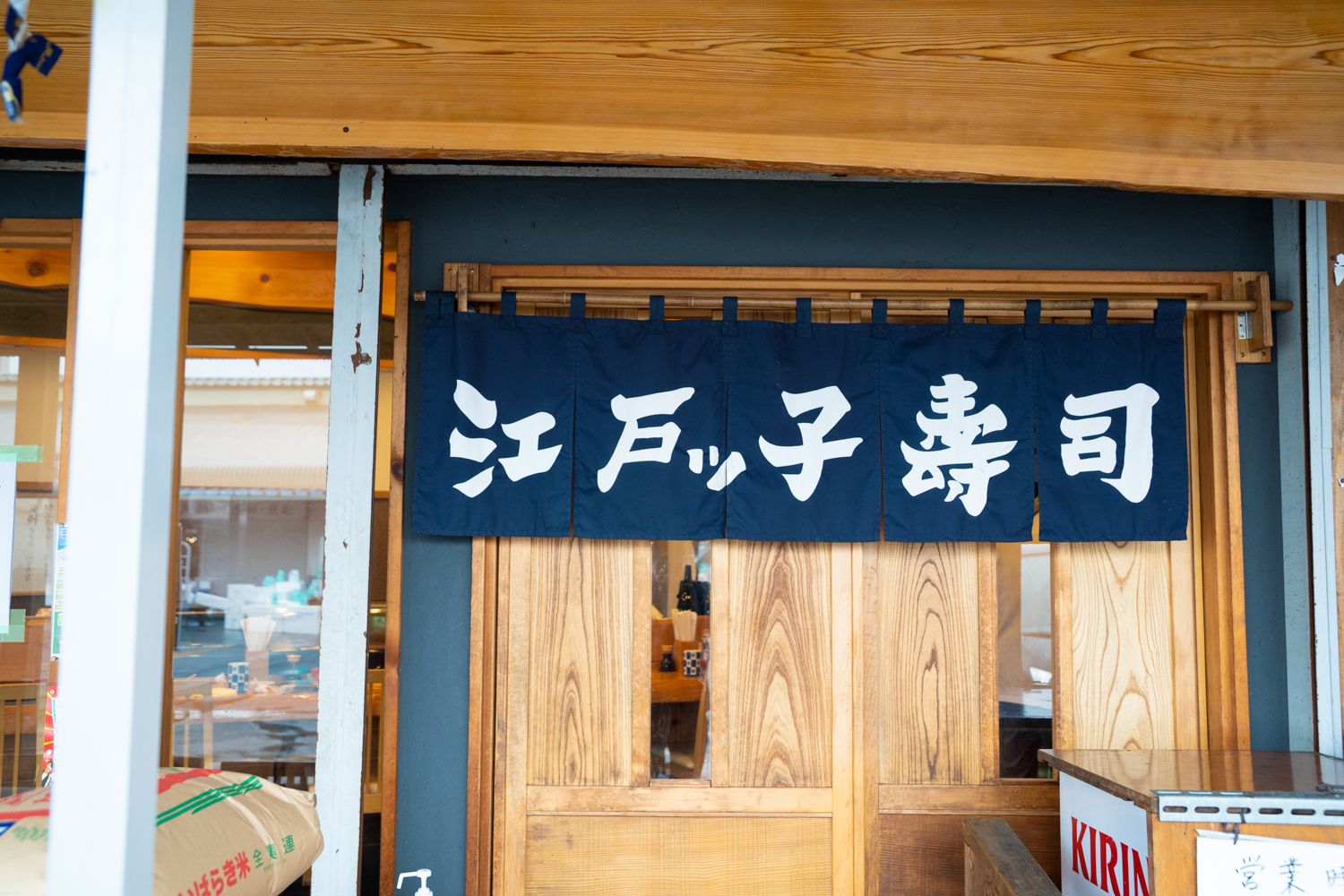 Photography by Hiro Mitsuzuka
Photography by Hiro Mitsuzuka
Train To Be A Sushi Chef At Edokko Sushi
After a quick adventure into the fishy depths of the fish market we retired to the on-site sushi store – Edokko Sushi. Being located on the same grounds as Matsudo Nanbu Ichiba Fish Market, Edokko Sushi serves the freshest morsels.
As I’ve had experience working kitchens and handling knives, I was eager to impress our resident sushi chef, Kimura-Sensei with my kitchen skills. A fun yet stern sushi chef, his first task was to teach us how to slice the perfect piece of salmon for a nigiri, a task that proved to be more difficult than I first expected.
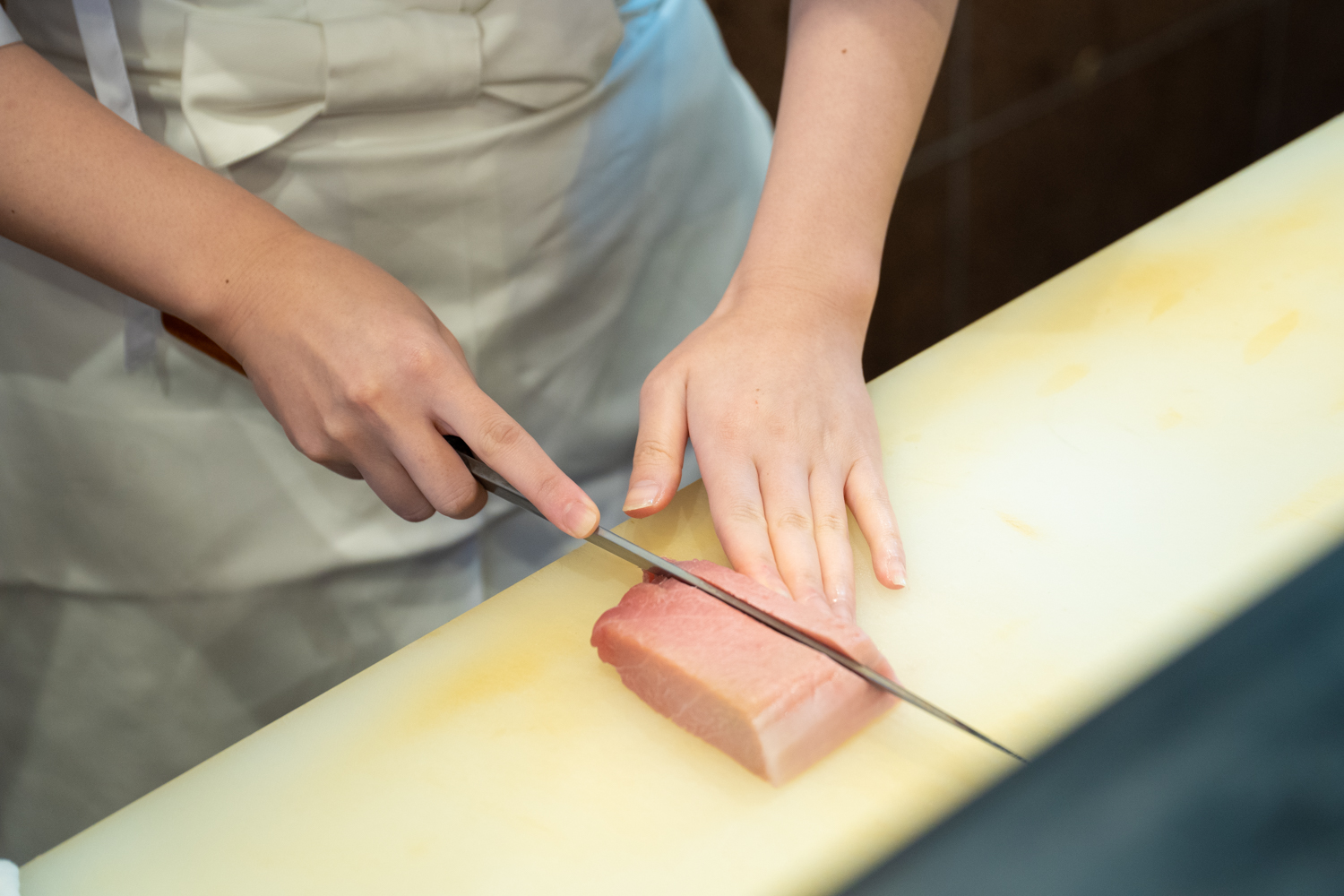 Photography by Hiro Mitsuzuka
Photography by Hiro Mitsuzuka
Master sushi chef Kimura-sensei handed me the sushi knife, a nostalgic feeling indeed. As I began to slice the salmon to make my own nigiri, the comments from the gallery of photographers and onlookers were audible. “Sugoi,” was the consensus. Slicing fish was all fun and games but the real challenge had yet to come – the rice.
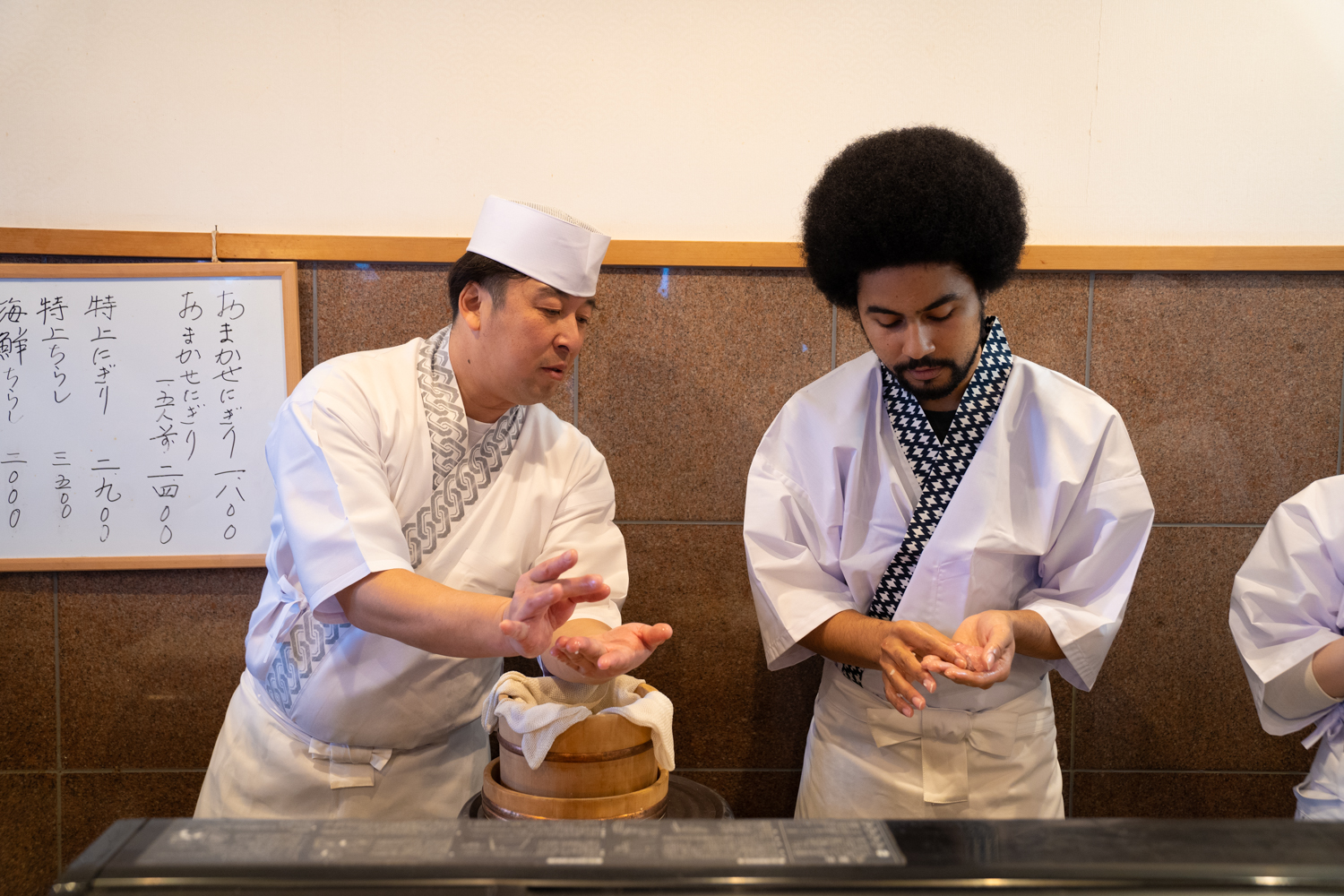 Photography by Hiro Mitsuzuka
Photography by Hiro Mitsuzuka
Molding sushi rice into little nigiri ovals is probably one of the most difficult things for someone to master. Firstly you must layer your hands with a little water in order for the rice not to stick to them. On the other hand, if your hands are too wet the rice will slide around and refuse to take form. A happy middle is where you’re aiming for and this is a hard ratio to perfect.
https://www.matsudo-nanbuichiba.com/
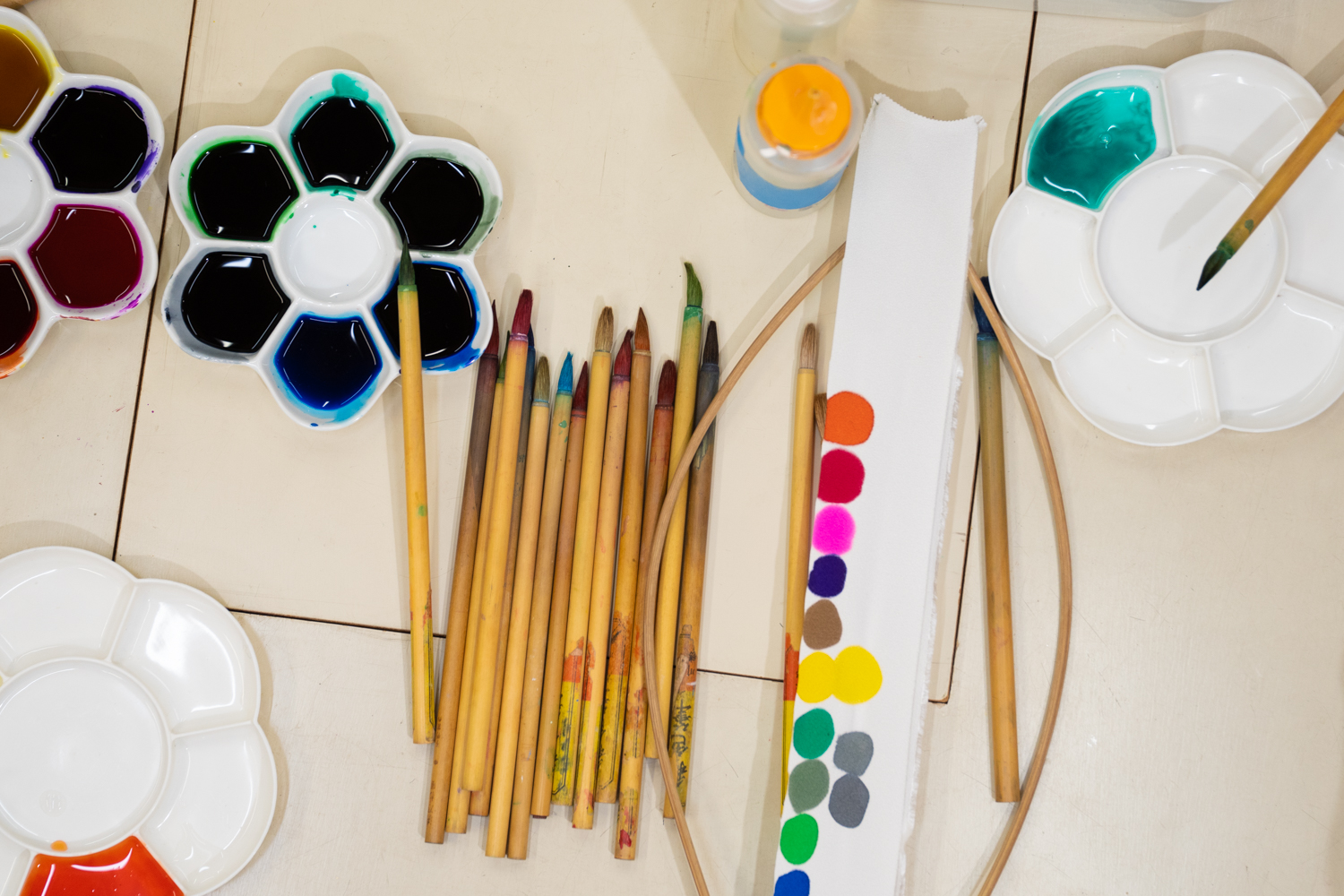 Photography by Hiro Mitsuzuka
Photography by Hiro Mitsuzuka
Get Artsy In Chiba
As a man not gifted in the arts of drawing or painting, I generally avoid arts and crafts. However, the amount of traditional Japanese art one can try in Chiba can’t be ignored. I had no choice but to dust off the old paintbrush set and get creative.
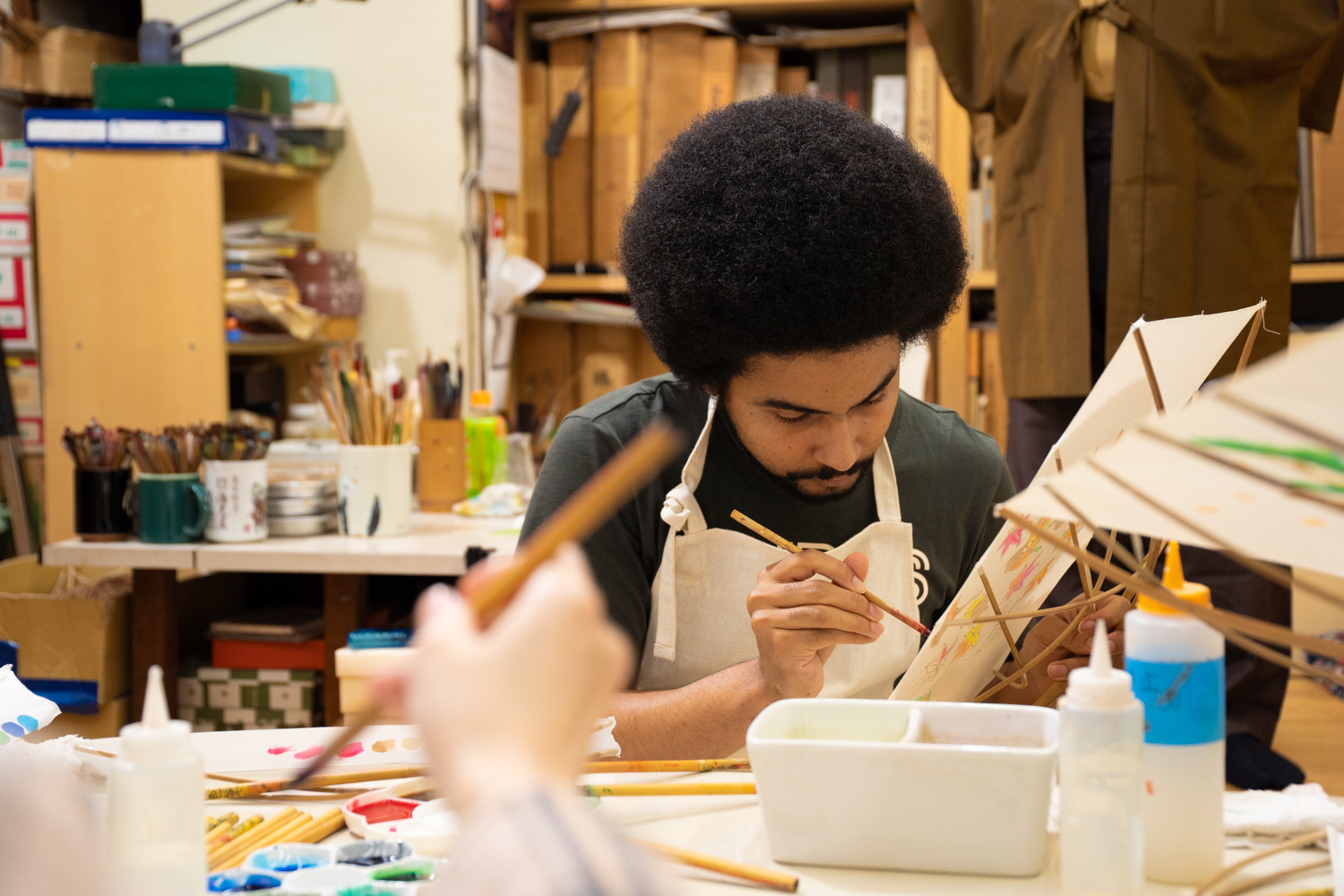 Photography by Hiro Mitsuzuka
Photography by Hiro Mitsuzuka
The lantern-painting classes were hilariously fun. Booking ahead of time is essential for these classes as the master lantern maker himself will conduct research to determine what meaning your name holds, translate it into Japanese and then find the most beautiful kanji for you to paint onto a lantern. Some of these can be a little difficult but fear not as the master himself will slowly guide you through the process of painting a beautiful lantern. If advanced kanji is out of your realm of interest, there is also a choice to write your own favorite kanji onto your lantern.
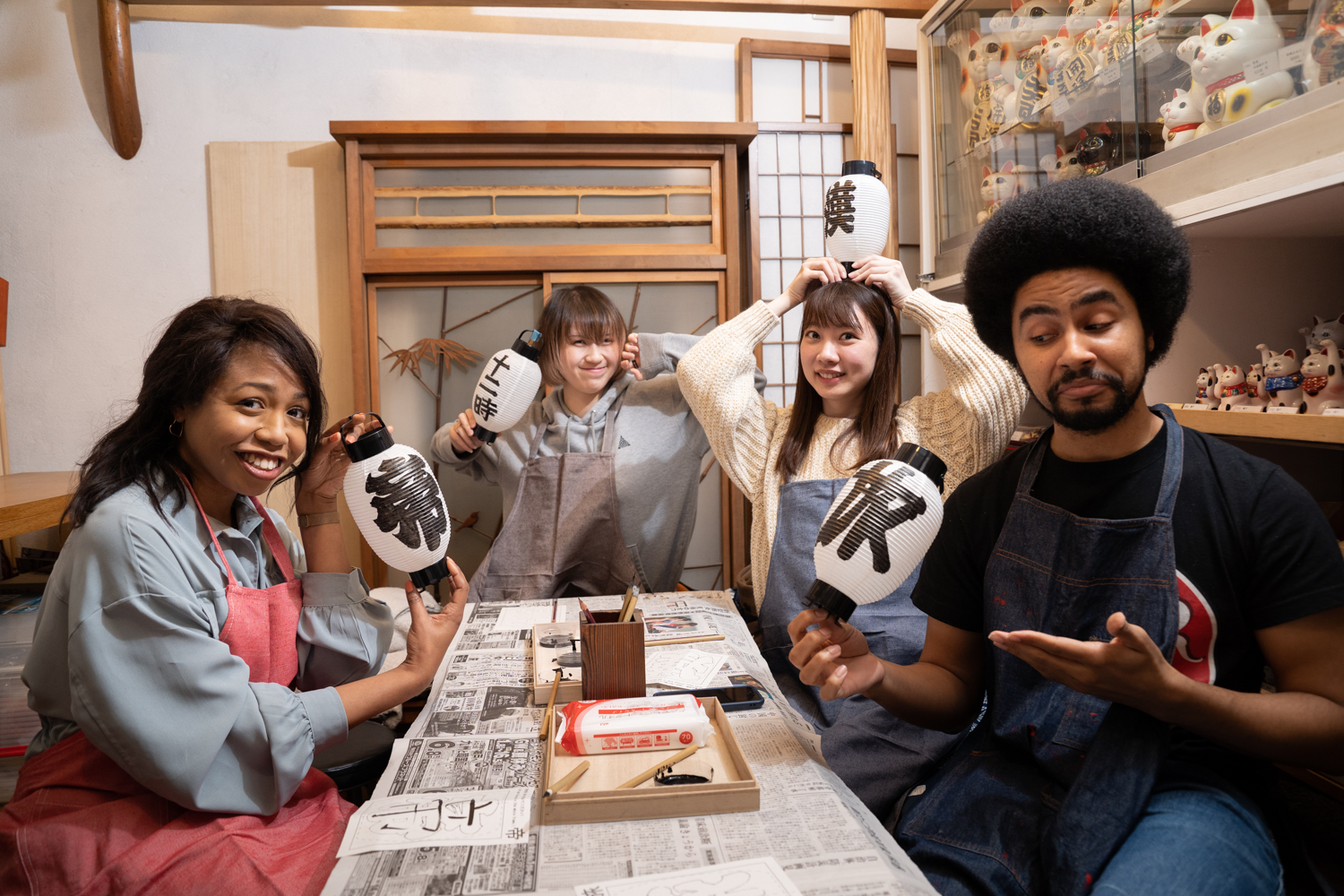 Photography by Hiro Mitsuzuka
Photography by Hiro Mitsuzuka
Although masterfully painting a lantern can be challenging, the true difficulty is in not damaging the paper lantern with the heavy ink, a task I almost succeeded at until my final stroke ever-so-slightly punctured the lantern, and with it any hopes I had at becoming a master lantern painter.
https://www.facebook.com/yashima.web
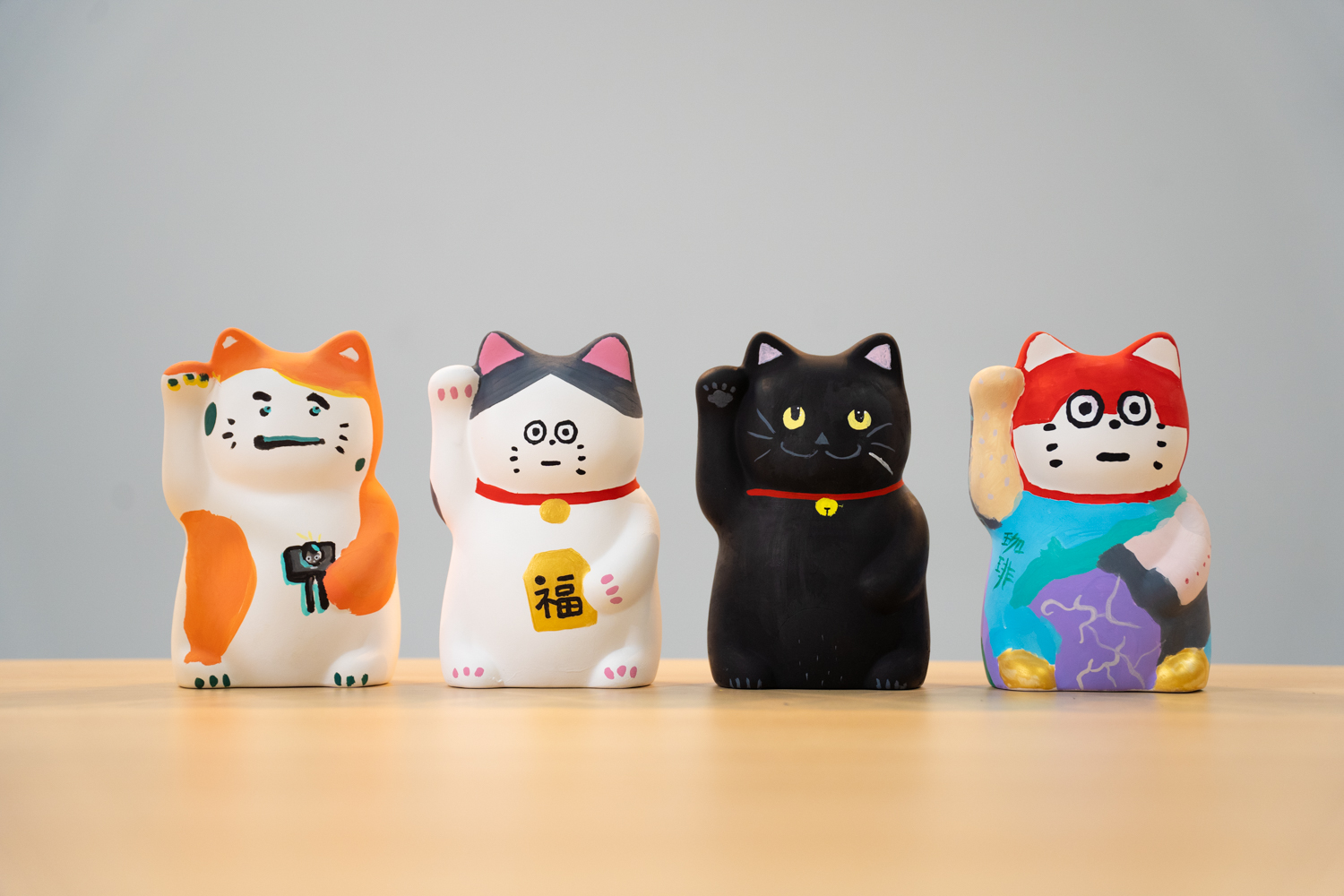 Photography by Hiro Mitsuzuka
Photography by Hiro Mitsuzuka
If, like me, you lack the delicate touch needed to paint paper lanterns then perhaps the maneki-neko, or beckoning cat, would be more suited to your needs. The lucky cats can be found all around Japan and bring luck with money or customers. It’s said that cats with the right paw raised bring luck with money and thus are for the home, and the left paw is for beckoning customers, and thus is for a place of business.
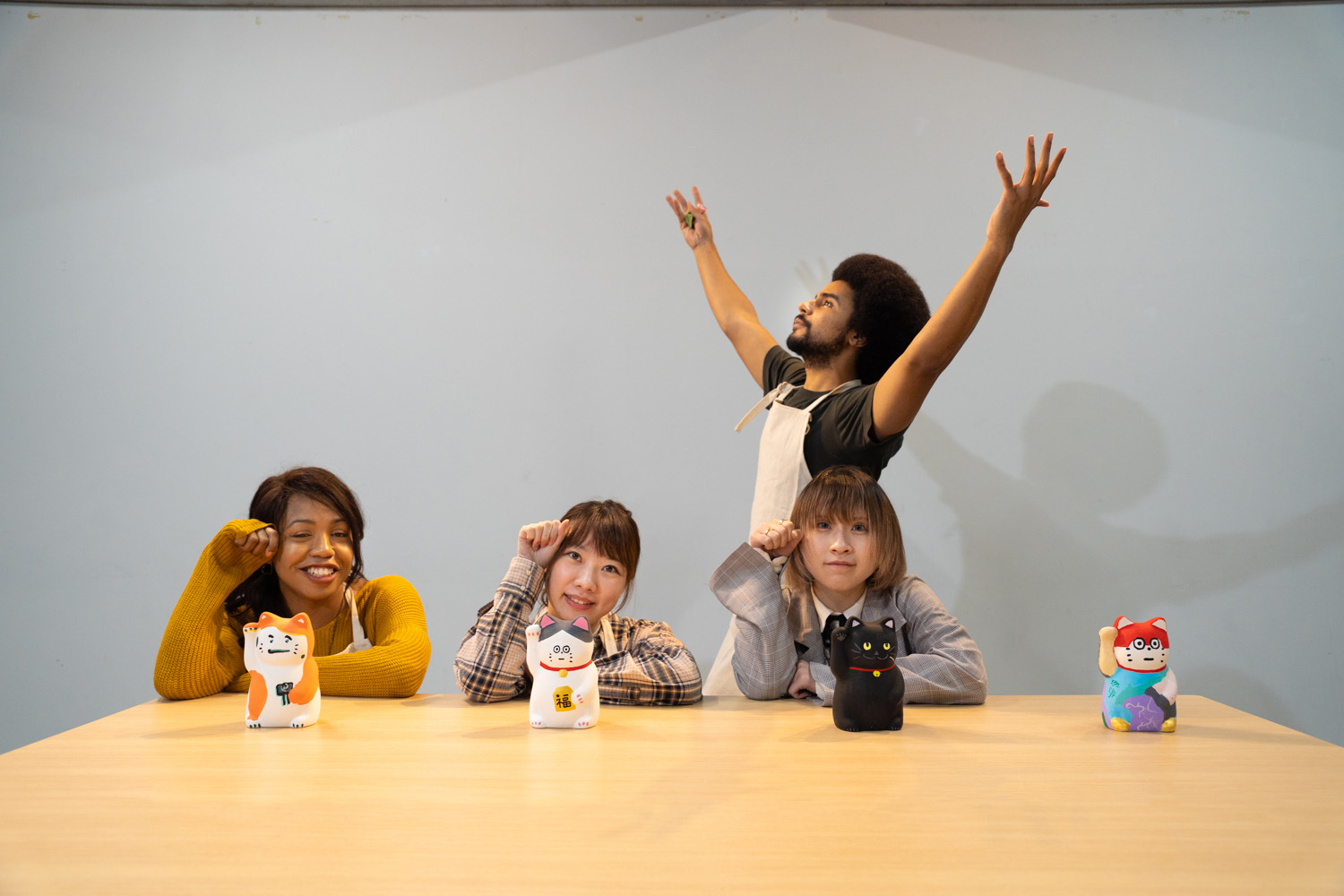 Photography by Hiro Mitsuzuka
Photography by Hiro Mitsuzuka
Of course, I painted the one with the right paw raised to earn a little extra cash within the home. The lucky cats, unlike the paper lanterns, are solid canvases that aren’t at all concerned with a hard brush stroke or two.
https://www.matsudo-kankou.jp/
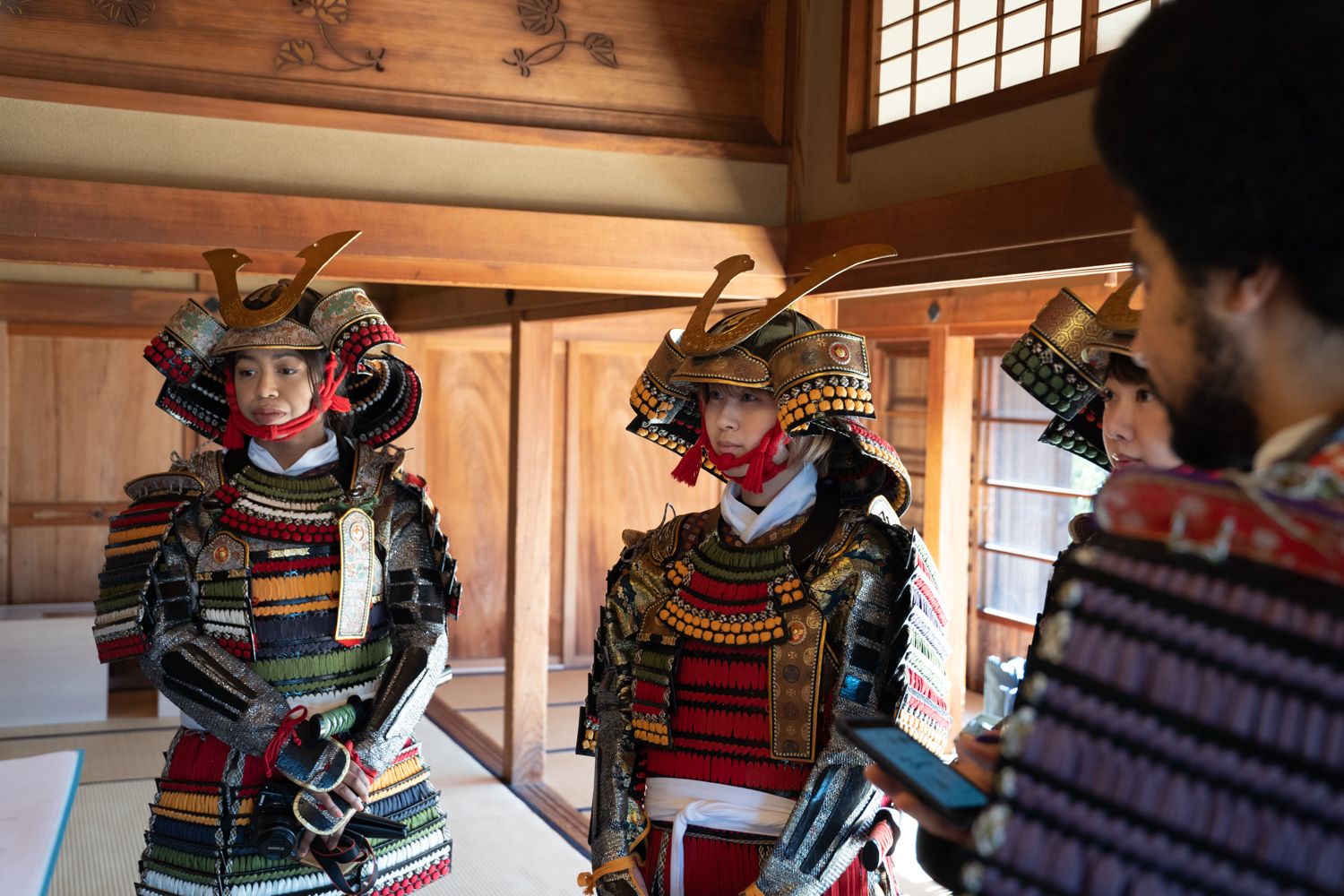 Photography by Hiro Mitsuzuka
Photography by Hiro Mitsuzuka
Samurai Experience – Tojo Museum of History
There’s an unspoken itinerary to visiting Japan which most people seem to fall into – Tokyo, Kyoto and then Osaka. Maybe if there’s time Nara and Kobe are also graced with a visit. Wear a kimono in Asakusa, perhaps again in Kyoto. Visit a shrine or five and get lost in the history. For those who want their adventure to Japan to go above and beyond any adventure which came before them, I have two words for you. Samurai. Experience.
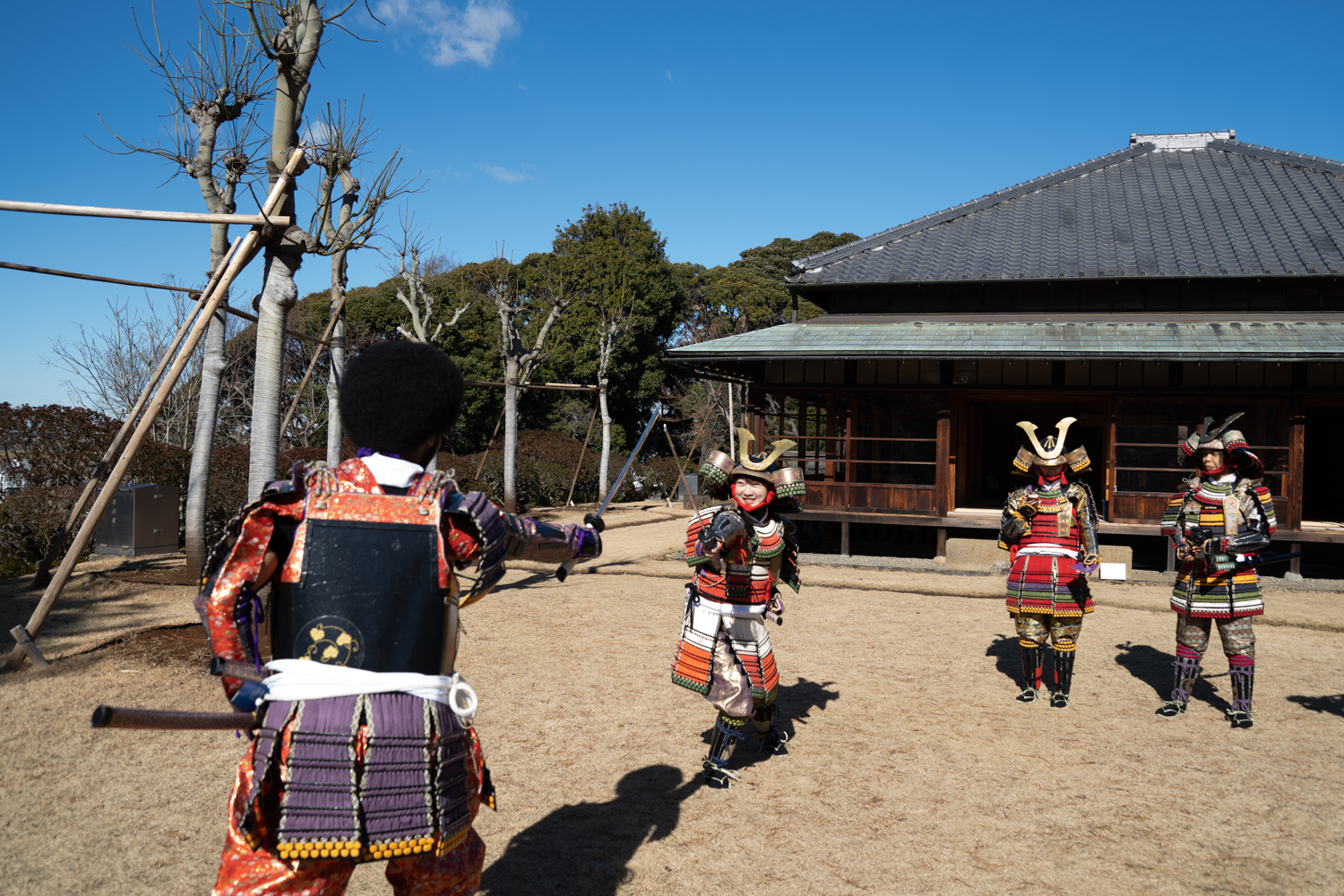 Photography by Hiro Mitsuzuka
Photography by Hiro Mitsuzuka
When I first entered the Tojo Museum of History I was blown away by its fantastic grounds, cherry blossom trees, a view of Mount Fuji and buildings which have stood since what seems to be the beginning of modern creation. The museum itself was an absolute joy. The tour guide spoke English and was a joy to listen to as we strolled through the museum. The tour guide regaled us with tales from the past of samurai, adventures and family ties.
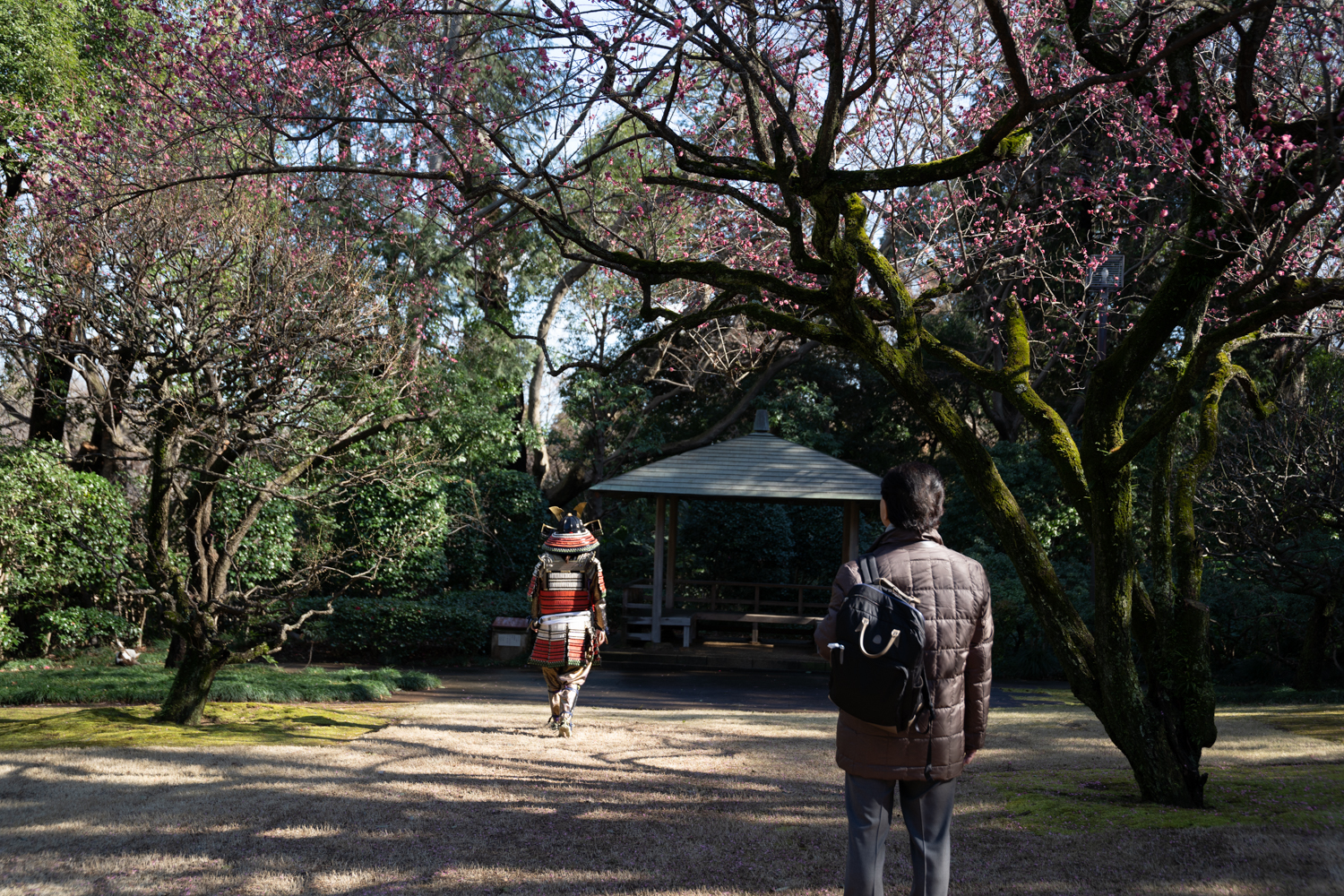 Photography by Hiro Mitsuzuka
Photography by Hiro Mitsuzuka
At the Tojo Museum of History, they believe that one should do more than just study history, one should experience it. The tour culminated in a samurai experience. From the helmet on my head, which I choose not to wear to protect the afro, to the two swords on my belt I was as decked out in samurai armor.
 Photography by Hiro Mitsuzuka
Photography by Hiro Mitsuzuka
Weighing in at around 3kg, the hand-painted handcrafted armor lighter than expected. Walking around the museum grounds in full samurai armor was akin to being the lord of the manor. I felt like the samurai boss from some long-forgotten ’90s anime The Adventures of Afro Samurai. Photo opportunities below the cherry blossoms, sword fighting with my companions and more selfies than I will honestly to were committed. The samurai experience was a once-in-a-lifetime endeavor and at ¥7,000 it’s something I very much will be trying again.
https://www.city.matsudo.chiba.jp/tojo/

